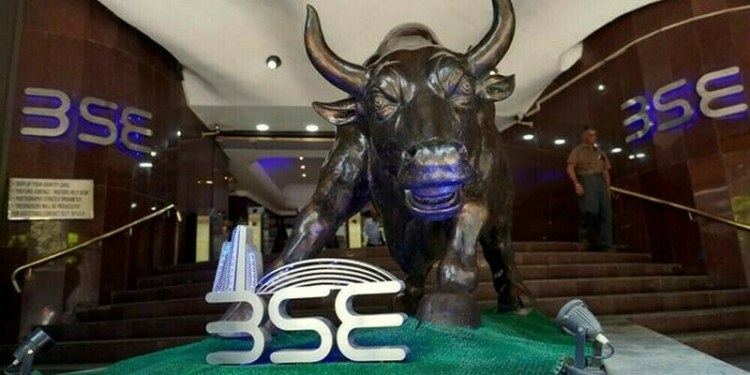Natural rubber imports by India, the world’s third-biggest user, are poised to drop for the first time in five years from a record as declining car sales crimp demand for the commodity used in tires.
Inbound shipments are estimated to drop 17 percent to 180,000 metric tons in the year that started April 1 from an all-time high of 217,364 tons a year earlier, Sheela Thomas, chairman of the Rubber Board of India, said in an e-mailed interview. The biggest slump in car sales since 2001 last year boosted local rubber stockpiles 13 percent to 266,000 tons, and will make up for a domestic shortfall in supplies, she said.
Reduced demand from India may accelerate a decline in futures in Tokyo, which have lost about 9 percent this year and entered a bear market in April on signs that weak demand from China, the largest user, will expand a global glut. A drop in prices may help lower costs for tire companies including MRF Ltd. (MRF), Apollo Tyres Ltd. (APTY) and Bridgestone Corp.
“The slowdown in auto sector would definitely adversely affect domestic consumption of natural rubber as 65 percent of the consumption is accounted by the sector,” Thomas said.
Car sales in the year ended March fell 6.7 percent to 1.89 million units, the biggest decline since 2001, as slowing economic growth and high interest rates kept buyers away from showrooms, according to the Society of Indian Automobile Manufacturers. Sales may grow 5 percent to 7 percent this year, it said April 10. India’s auto market doubled in size from 2008 to 2011, according to Bloomberg Industries data.
Duty-Free Imports
Rubber demand is forecast to expand 5 percent to 1.02 million tons this year, while production may climb 5.2 percent to 960,000 tons, Thomas said. The shortfall will be met from stockpiles and duty-free imports by some users, she said. Indian consumers, who are allowed to import some quantity without any import tax, bought 112,513 tons duty-free last year. The country buys rubber mainly from Thailand, Malaysia and Indonesia.
Bridgestone Corp. (5108), the world’s biggest tiremaker, may use 2.6 percent less rubber in the year though December than projected in February as demand in the U.S. will be slower than forecast, Hisahiro Yamaoka, a Nomura Holdings Inc. analyst, said on April 11.
“The recovery in global economic growth is expected to be slower than earlier expectations,” Thomas said. “Bearish sentiments are reported to weigh on the natural rubber market in the near future.”
Global Inventories
The contract for delivery in October closed at 276.8 yen a kilogram ($2,801 a ton) yesterday on the Tokyo Commodity Exchange after slumping 17 percent in the three months through April. The benchmark RSS-4 rubber in India has fallen 14 percent to 167 rupees ($3.08) a kilogram in the past year, according to the board.
World reserves are poised to advance to the highest level in 13 years as production exceeds demand through next year, according to London-based industry adviser The Rubber Economist. Reserves will total 2.17 million tons in 2014, the highest level since 2001, Managing Director Prachaya Jumpasut said April 10.
A shortage of labor in the traditional plantation areas in India has been a major constraint in boosting output to 1.1 million tons by 2015-2016, Thomas said. The country is the largest consumer of natural rubber after China and the U.S.
Source: Bloomberg



























